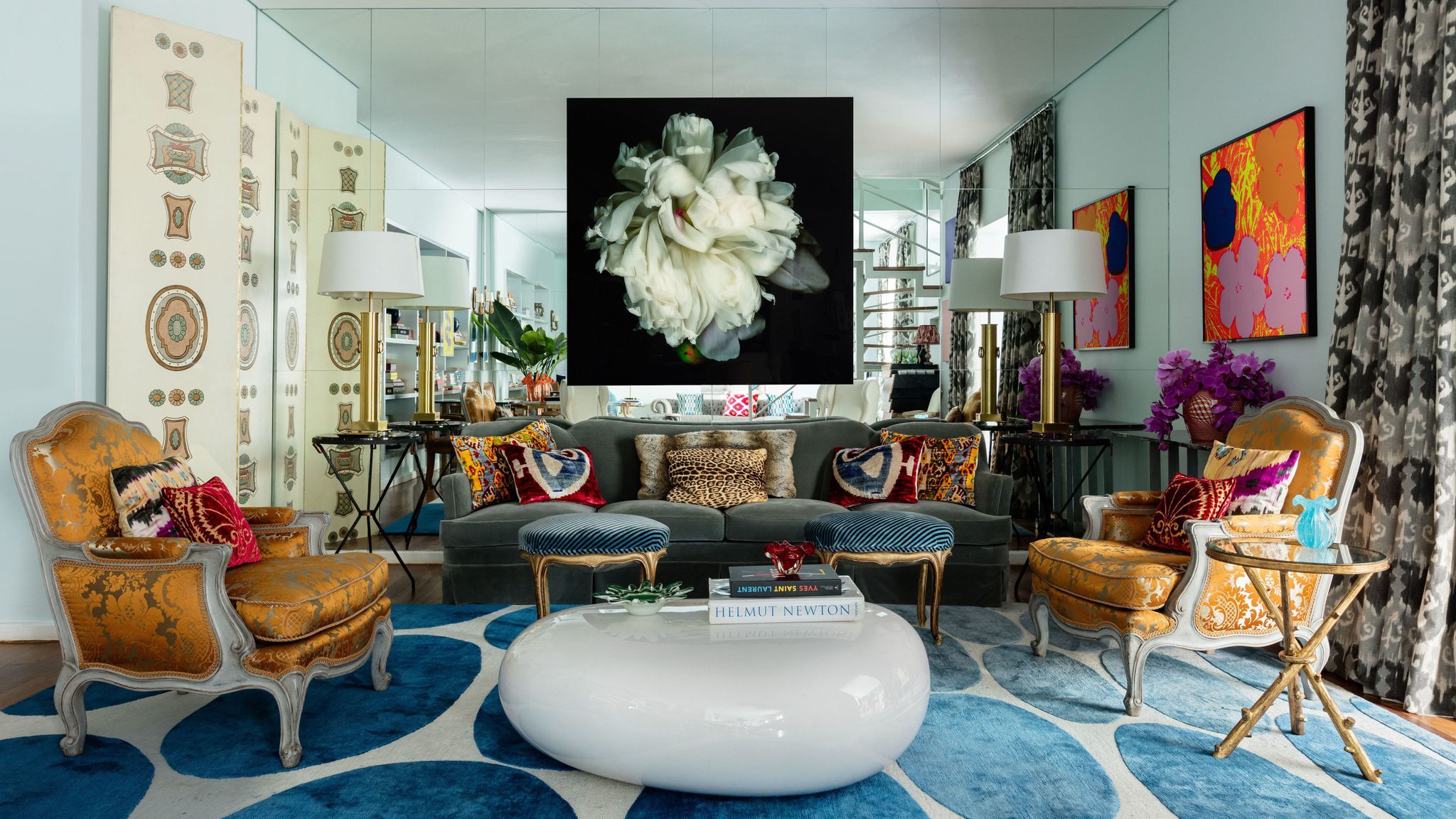The Allure of Vintage: Vintage Bedroom Sets 1970

Vintage furniture, especially from the 1970s, is experiencing a resurgence in popularity. This trend isn’t just about nostalgia; it’s about embracing a unique aesthetic that speaks to a generation seeking individuality and character. The 1970s saw a surge in bold designs, and these bedroom sets offer a distinct charm compared to modern furniture, with their distinctive lines and materials.
The Distinctive Design Elements of 1970s Bedroom Sets
1970s bedroom sets stand out for their bold and often geometric designs. This era saw a departure from the traditional and a move towards a more modern, experimental approach.
- Geometric Shapes: The use of geometric shapes, like squares, circles, and triangles, was a hallmark of 1970s design. This can be seen in the furniture’s legs, headboards, and overall silhouette. Think of the iconic “Atomic Age” design aesthetic.
- Bold Colors: 1970s bedroom sets often featured bold, vibrant colors like burnt orange, mustard yellow, and deep greens. These colors were often used in combination with natural wood tones, creating a striking contrast.
- Unique Materials: The 1970s saw the use of a wide range of materials, including wood, metal, plastic, and even velvet. This eclectic mix of materials added to the furniture’s unique character.
Comparing 1970s Design to Contemporary Styles
While contemporary furniture often prioritizes minimalism and functionality, 1970s design embraced a more expressive and dramatic approach.
- Simplicity vs. Boldness: Contemporary bedroom sets often feature clean lines, simple shapes, and neutral colors. In contrast, 1970s sets often featured bold colors, geometric patterns, and unique materials, making a statement in the room.
- Function vs. Aesthetics: Contemporary furniture is often designed with a focus on functionality, prioritizing storage and space-saving solutions. 1970s furniture, on the other hand, prioritized aesthetics and often incorporated unique design elements that might not be considered practical today.
Defining the 1970s Bedroom Aesthetic

The 1970s was a decade of bold experimentation in design, and bedroom sets were no exception. From the resurgence of mid-century modern styles to the embrace of bohemian vibes, the 1970s bedroom aesthetic reflected the changing social and cultural landscape of the time.
Materials and Colors
The materials used in 1970s bedroom sets were diverse, reflecting the era’s fascination with natural textures and bold colors. Wood, particularly walnut and oak, was a popular choice, often finished with a rich stain or lacquer. Vinyl and plastic were also prevalent, used for everything from headboards to furniture legs. The color palette was equally vibrant, with earthy tones like avocado green, burnt orange, and mustard yellow taking center stage. These hues were often paired with bright accents like turquoise, hot pink, and sunshine yellow.
Patterns and Designs
The 1970s bedroom aesthetic was characterized by bold patterns and geometric designs. Geometric prints, such as stripes, chevrons, and zigzags, were popular, often featured on bedspreads, curtains, and upholstery. Floral patterns, especially large-scale blooms, were also widely used, adding a touch of whimsy and romance to the space.
Popular Furniture Styles
The 1970s saw the resurgence of mid-century modern furniture, characterized by clean lines, simple forms, and a focus on functionality. Popular pieces included platform beds, sleek nightstands, and minimalist dressers. The bohemian style, with its emphasis on handcrafted items and natural materials, also gained popularity. Bohemian bedrooms often featured macrame wall hangings, wicker furniture, and colorful textiles. Retro styles, inspired by the 1950s and 1960s, were also prevalent, incorporating vintage elements like chrome accents and atomic-inspired shapes.
Influence of Iconic Designers and Trends, Vintage bedroom sets 1970
The 1970s saw the rise of iconic designers like George Nelson, Eero Saarinen, and Arne Jacobsen, whose work influenced the design of bedroom furniture. Nelson’s innovative use of materials and his emphasis on functionality were particularly influential, while Saarinen’s elegant curves and Jacobsen’s focus on human comfort shaped the aesthetic of mid-century modern furniture. The decade’s fascination with space exploration and the burgeoning environmental movement also played a role in furniture design, with designers incorporating futuristic elements and natural materials into their creations.
